Home>Gardening & Outdoor>Landscaping Ideas>How To Turn A Zero Turn Mower Without Tearing Up Grass
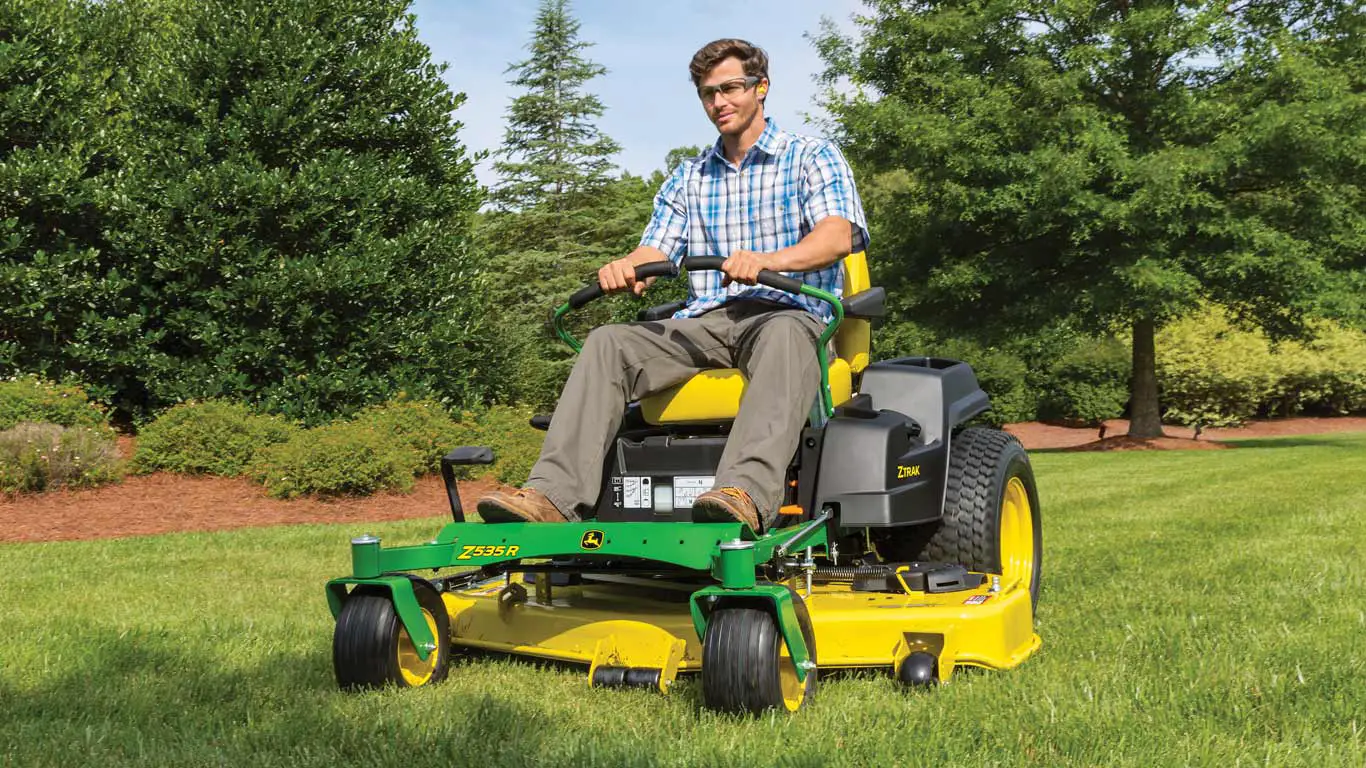

Landscaping Ideas
How To Turn A Zero Turn Mower Without Tearing Up Grass
Modified: March 25, 2024
Learn effective landscaping ideas for turning a zero turn mower without damaging the grass. Discover expert tips for maintaining a pristine lawn.
(Many of the links in this article redirect to a specific reviewed product. Your purchase of these products through affiliate links helps to generate commission for Storables.com, at no extra cost. Learn more)
Introduction
Are you tired of unsightly tire tracks and torn-up turf caused by your zero-turn mower? Fear not! With the right techniques and a bit of know-how, you can maneuver your zero-turn mower without wreaking havoc on your lush green carpet. In this guide, we'll delve into the art of turning a zero-turn mower with finesse, ensuring your grass remains unscathed and healthy. Whether you're a seasoned landscaping aficionado or a novice enthusiast, mastering the art of zero-turn maneuvering will elevate your lawn care game to the next level.
Zero-turn mowers have revolutionized lawn maintenance, offering unparalleled maneuverability and efficiency. However, their unique design and powerful performance can pose challenges when it comes to turning without causing damage to the turf. By understanding the intricacies of zero-turn mowers and implementing the right techniques, you can effortlessly navigate your mower while preserving the integrity of your lawn.
In the following sections, we'll explore the fundamental principles of zero-turn mowers, uncover expert techniques for turning without tearing up the grass, and provide valuable tips for maintaining optimal grass health. Whether you're seeking to achieve professional-looking stripes on your lawn or simply aiming to minimize turf damage, this comprehensive guide will equip you with the knowledge and skills needed to master the art of turning a zero-turn mower with precision and care. So, buckle up and get ready to transform your mowing experience into a seamless and turf-friendly endeavor!
Key Takeaways:
- Master the art of turning a zero-turn mower by using slow and controlled steering, avoiding wet grass, and maintaining proper mowing height to keep your lawn healthy and visually appealing.
- Preserve your grass’s health by practicing three-point turns, monitoring tire pressure, and addressing soil compaction, ensuring a vibrant and resilient lawn despite frequent zero-turn mower maneuvering.
Read more: How To Tear Up Grass
Understanding Zero Turn Mowers
Zero-turn mowers are a game-changer in the realm of lawn care, renowned for their exceptional maneuverability and efficiency. Unlike traditional lawn tractors, zero-turn mowers feature a unique steering system that allows for a zero-degree turning radius, enabling precise and agile navigation around obstacles and tight spaces. This is made possible by independent wheel motors that can be operated in tandem or individually, providing unparalleled control and responsiveness.
These mowers are equipped with two lap bars or a steering wheel that controls the individual rear wheels, allowing the machine to pivot on the spot. This design grants operators the ability to make sharp turns and navigate with ease, making them ideal for large, open lawns with intricate landscaping features. The cutting deck is situated in the front, offering excellent visibility and the capacity to trim grass along edges and around obstacles with precision.
Zero-turn mowers come in various configurations, including models with lap bars or steering wheels, and they are available with a wide range of cutting deck sizes to accommodate different lawn sizes and terrain types. The cutting decks are often fabricated from durable materials such as steel or reinforced composite, ensuring longevity and resilience in challenging mowing conditions.
When selecting a zero-turn mower, factors such as engine power, cutting deck width, fuel capacity, and ergonomic features should be considered to align with the specific needs of the lawn and the operator. Additionally, advancements in zero-turn mower technology have led to the integration of ergonomic seating, vibration-dampening systems, and intuitive control interfaces, enhancing operator comfort and reducing fatigue during extended mowing sessions.
Understanding the key components and capabilities of zero-turn mowers is essential for harnessing their full potential while minimizing turf damage. By mastering the intricacies of these agile machines, you can elevate your lawn care routine and achieve professional-grade results, all while preserving the health and beauty of your grass.
Techniques for Turning Without Tearing Up Grass
Mastering the art of turning a zero-turn mower without causing damage to the grass requires finesse and strategic maneuvering. By implementing the following techniques, you can navigate your mower with precision and care, ensuring that your lawn remains unscathed and visually appealing.
- Slow and Steady: When approaching a turn, reduce your speed to minimize turf impact. Slow down gradually and maintain a steady pace as you initiate the turn, allowing the mower to pivot smoothly without exerting excessive force on the grass.
- Overlap Turns: To distribute the turning pressure evenly, consider overlapping your turns. Instead of making abrupt and tight turns, initiate the turn slightly earlier and gradually pivot the mower, spreading the impact across a wider turning radius.
- Practice Controlled Steering: Utilize the lap bars or steering wheel with precision, exerting gentle and deliberate pressure to guide the mower through the turn. Avoid abrupt or jerky movements that could lead to turf damage, and aim for fluid and controlled steering throughout the maneuver.
- Utilize Three-Point Turns: In situations where a sharp U-turn is necessary, consider executing a three-point turn to minimize turf impact. By breaking the turn into three gradual movements – forward, pivot, and reverse – you can navigate tight spaces and corners without causing undue stress on the grass.
- Alternate Mowing Patterns: Incorporate varied mowing patterns to minimize wear and tear on specific areas of the lawn. By alternating your mowing direction with each session, you can prevent the development of ruts and compaction, preserving the overall health and aesthetics of the grass.
- Utilize Outer Edges for Turns: When turning at the perimeter of the lawn, utilize the outer edges of the cutting deck to minimize turf impact. By positioning the outer wheel slightly off the grass and onto the harder surface, such as a driveway or walkway, you can reduce the pressure exerted on the grass during the turn.
By incorporating these techniques into your mowing routine, you can effectively minimize turf damage and preserve the pristine appearance of your lawn. With practice and attentiveness, you can transform the chore of mowing into a skillful and turf-friendly endeavor, ensuring that your grass remains healthy and vibrant throughout the mowing season.
To turn a zero turn mower without tearing up the grass, reduce your speed before making the turn and use the inside wheel to pivot, rather than skidding the tires. This will minimize damage to the lawn.
Tips for Maintaining Grass Health
Preserving the health and vitality of your grass is paramount when using a zero-turn mower. By implementing the following tips, you can ensure that your lawn remains resilient, lush, and visually stunning, even in the face of frequent mowing and maneuvering.
- Proper Mowing Height: Adjust the cutting deck of your zero-turn mower to maintain an optimal mowing height for your grass species. Mowing at the recommended height promotes strong root development and helps the grass withstand the stresses of mowing and environmental conditions.
- Regular Blade Maintenance: Keep your mower blades sharp and well-maintained to achieve clean and precise cuts. Dull blades can tear the grass, leading to frayed edges and increased susceptibility to disease and stress. Periodically inspect and sharpen or replace the blades as needed to ensure cutting efficiency.
- Avoid Mowing in Wet Conditions: Refrain from mowing when the grass is wet, as this can lead to clumping, uneven cuts, and soil compaction. Wet grass is also more prone to tearing and damage, particularly when navigating turns with a zero-turn mower. Opt for mowing during dry conditions to minimize turf stress.
- Monitor Tire Pressure: Regularly check and maintain the tire pressure of your zero-turn mower to distribute weight evenly and minimize soil compaction. Proper tire inflation ensures optimal traction and reduces the risk of leaving unsightly tire tracks or indentations in the turf.
- Address Compacted Soil: Combat soil compaction caused by mower traffic by aerating the lawn as needed. Core aeration alleviates soil compaction, promotes root growth, and enhances the overall health of the grass, allowing it to withstand the rigors of mowing and turning with greater resilience.
- Hydrate and Fertilize Appropriately: Maintain a consistent watering schedule and fertilize according to the specific needs of your grass species. Adequate hydration and balanced nutrition bolster the grass’s ability to recover from mowing stress and remain vibrant and robust throughout the mowing season.
- Address Turf Damage Promptly: If turf damage occurs due to mowing or turning, promptly address the affected areas by reseeding or implementing targeted lawn care practices. Timely intervention can expedite the recovery process and prevent the spread of damage, preserving the overall health and aesthetics of the lawn.
By adhering to these essential tips for grass maintenance, you can cultivate a resilient and visually captivating lawn, even in the presence of zero-turn mower maneuvering. With a proactive approach to lawn care and a focus on grass health, you can enjoy a pristine and thriving lawn that enhances the beauty of your outdoor space.
Conclusion
Mastering the art of turning a zero-turn mower without tearing up the grass is a testament to your dedication to preserving the health and beauty of your lawn. By understanding the unique capabilities of zero-turn mowers and implementing strategic techniques for maneuvering, you can elevate your lawn care routine to achieve professional-grade results while minimizing turf damage.
From practicing controlled steering and utilizing three-point turns to maintaining proper mowing height and addressing soil compaction, each aspect of zero-turn mower operation and grass maintenance plays a pivotal role in nurturing a resilient and visually stunning lawn. By incorporating these techniques and tips into your mowing regimen, you can transform the chore of mowing into a skillful and turf-friendly endeavor, ensuring that your grass remains healthy and vibrant throughout the mowing season.
As you embark on this journey to master the art of zero-turn mower maneuvering, remember that patience, attentiveness, and a proactive approach to grass maintenance are key ingredients in achieving optimal results. Embrace the opportunity to refine your mowing techniques and cultivate a lawn that exudes vitality and charm, enhancing the overall appeal of your outdoor oasis.
So, as you embark on your next mowing adventure, armed with newfound knowledge and a deep-rooted commitment to grass health, may your lawn flourish and thrive, showcasing the harmonious balance between efficient mowing and pristine turf preservation. With each turn and mow, may your grass stand as a testament to your unwavering dedication to achieving a lawn that is not only visually captivating but also a testament to your commitment to preserving the natural beauty of your outdoor sanctuary.
Frequently Asked Questions about How To Turn A Zero Turn Mower Without Tearing Up Grass
Was this page helpful?
At Storables.com, we guarantee accurate and reliable information. Our content, validated by Expert Board Contributors, is crafted following stringent Editorial Policies. We're committed to providing you with well-researched, expert-backed insights for all your informational needs.
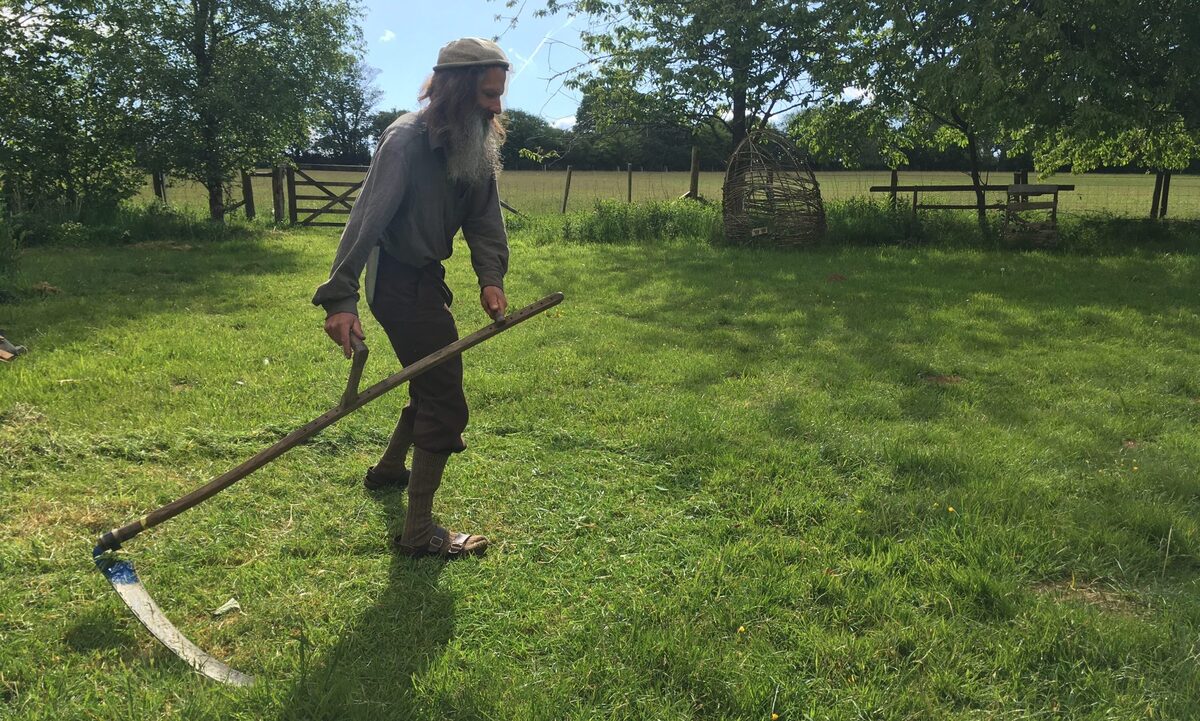
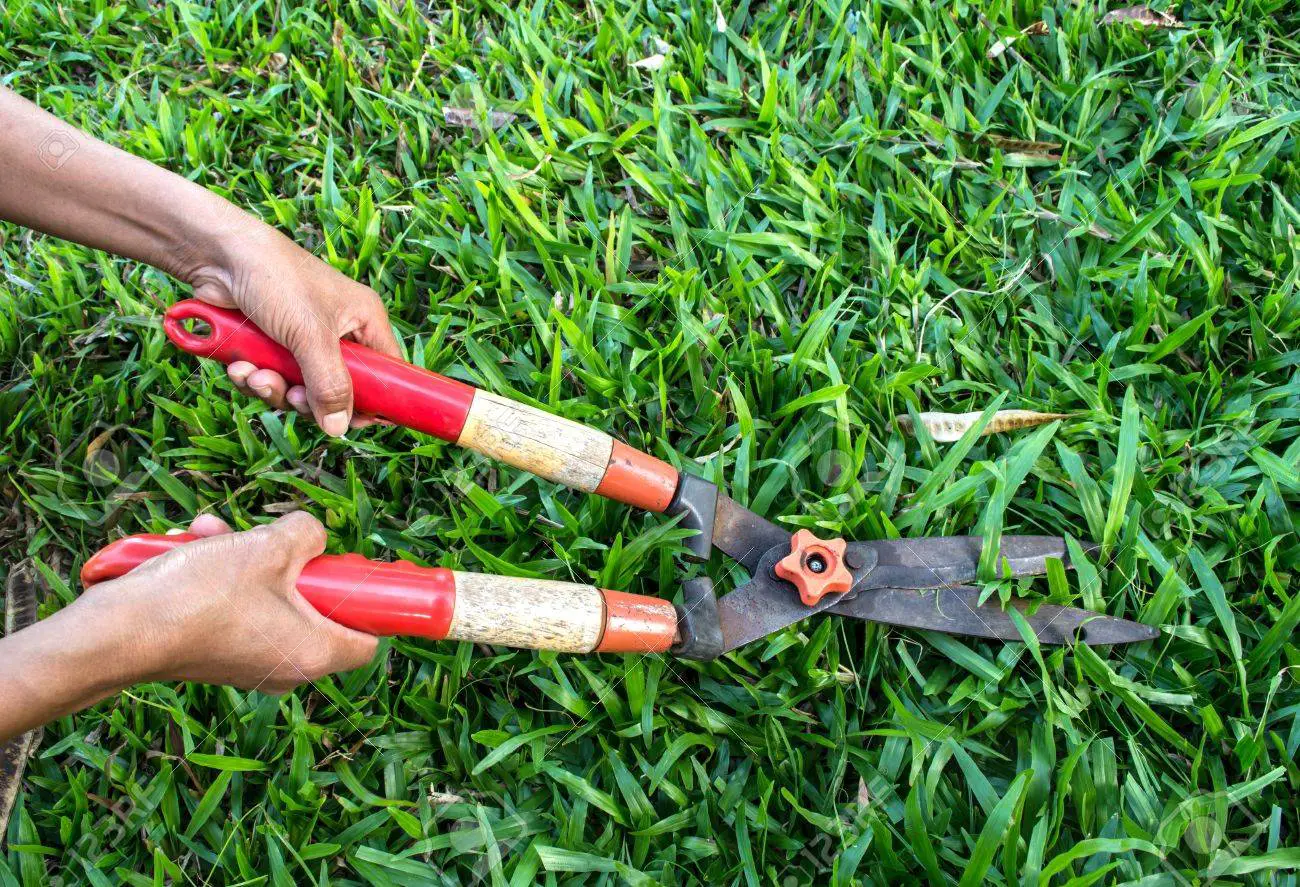
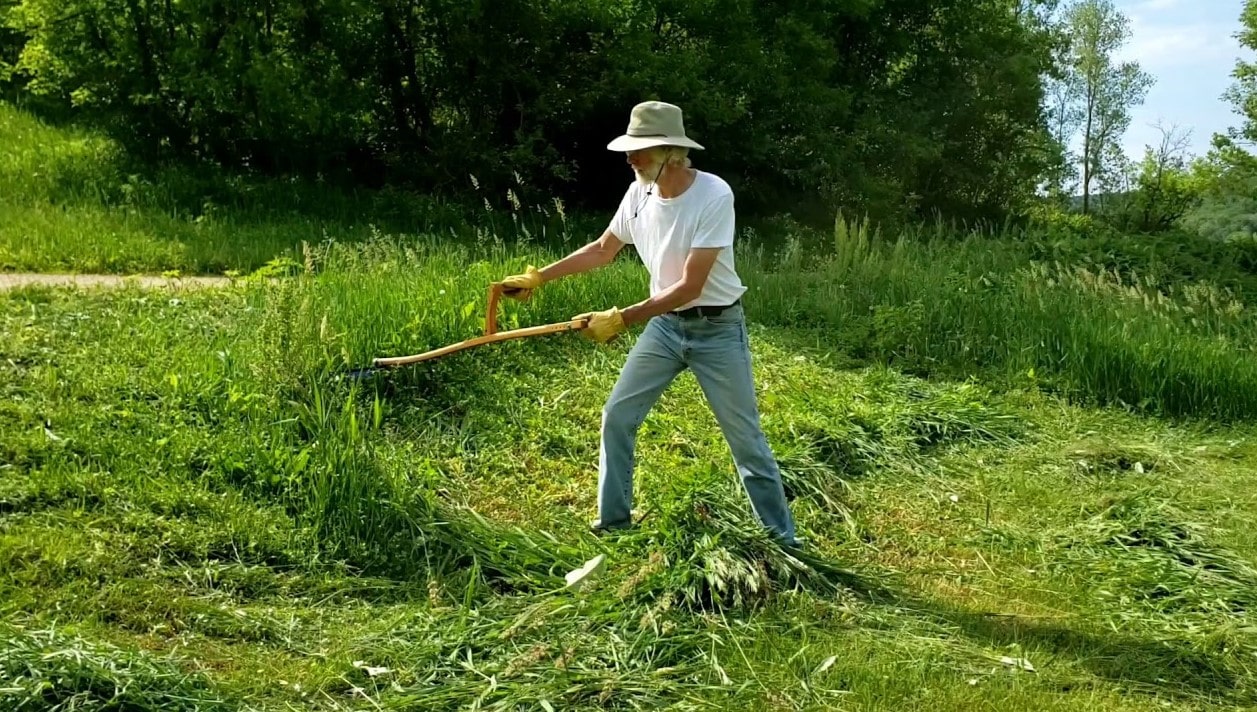
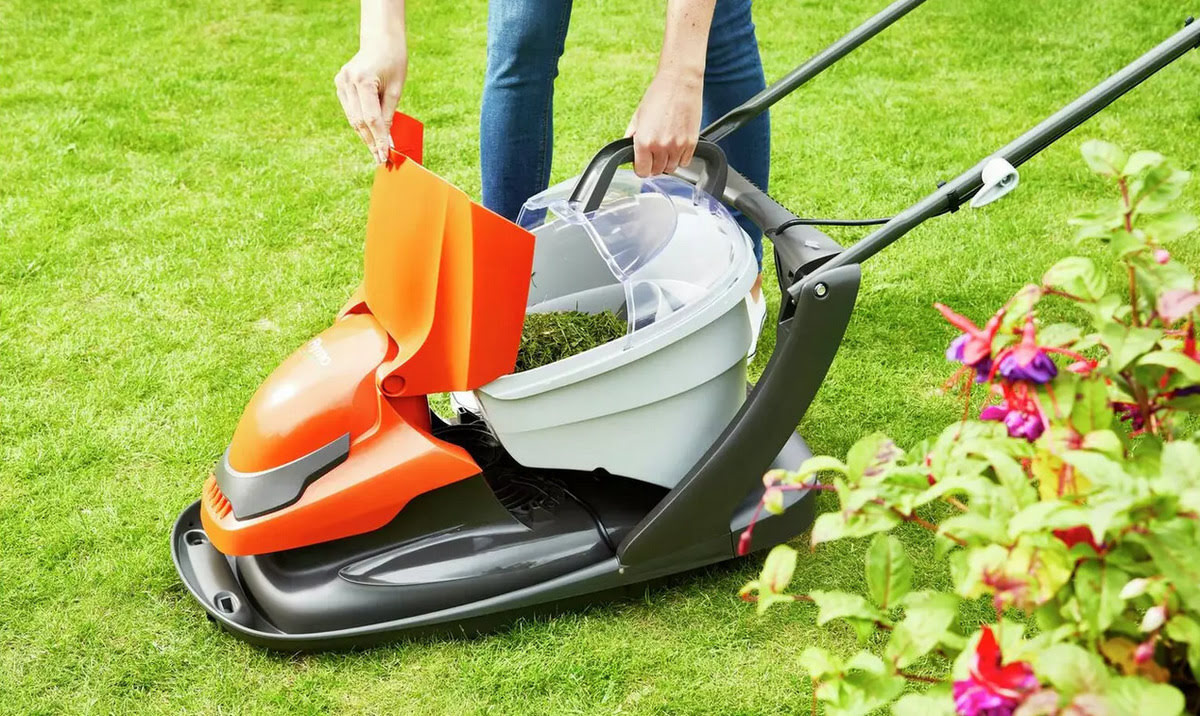
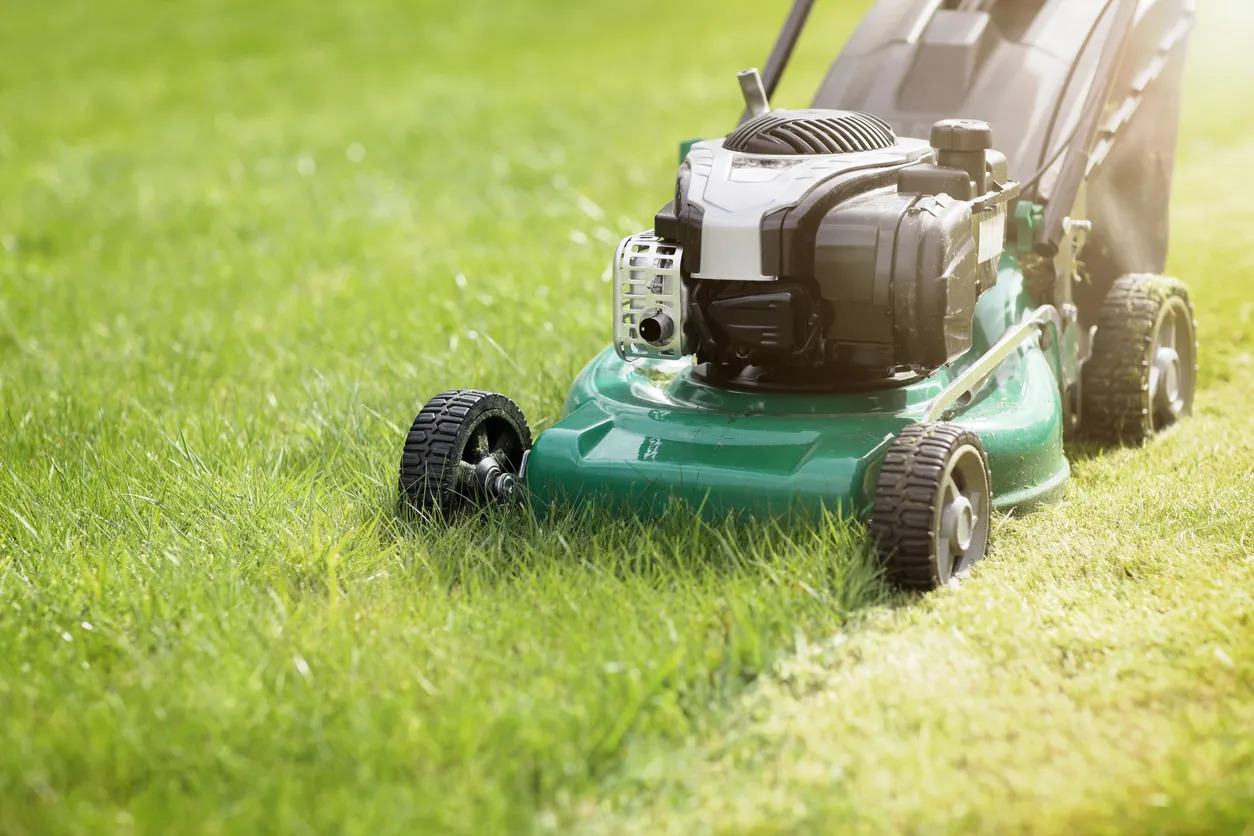
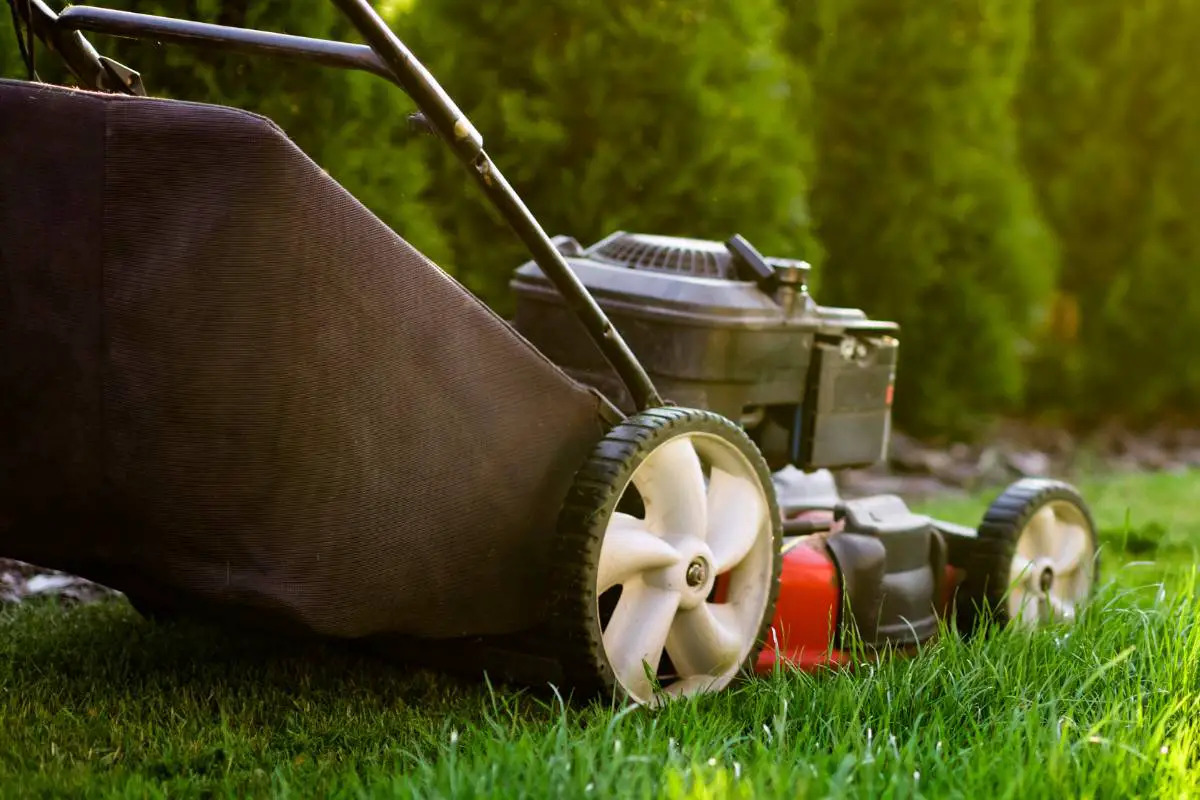
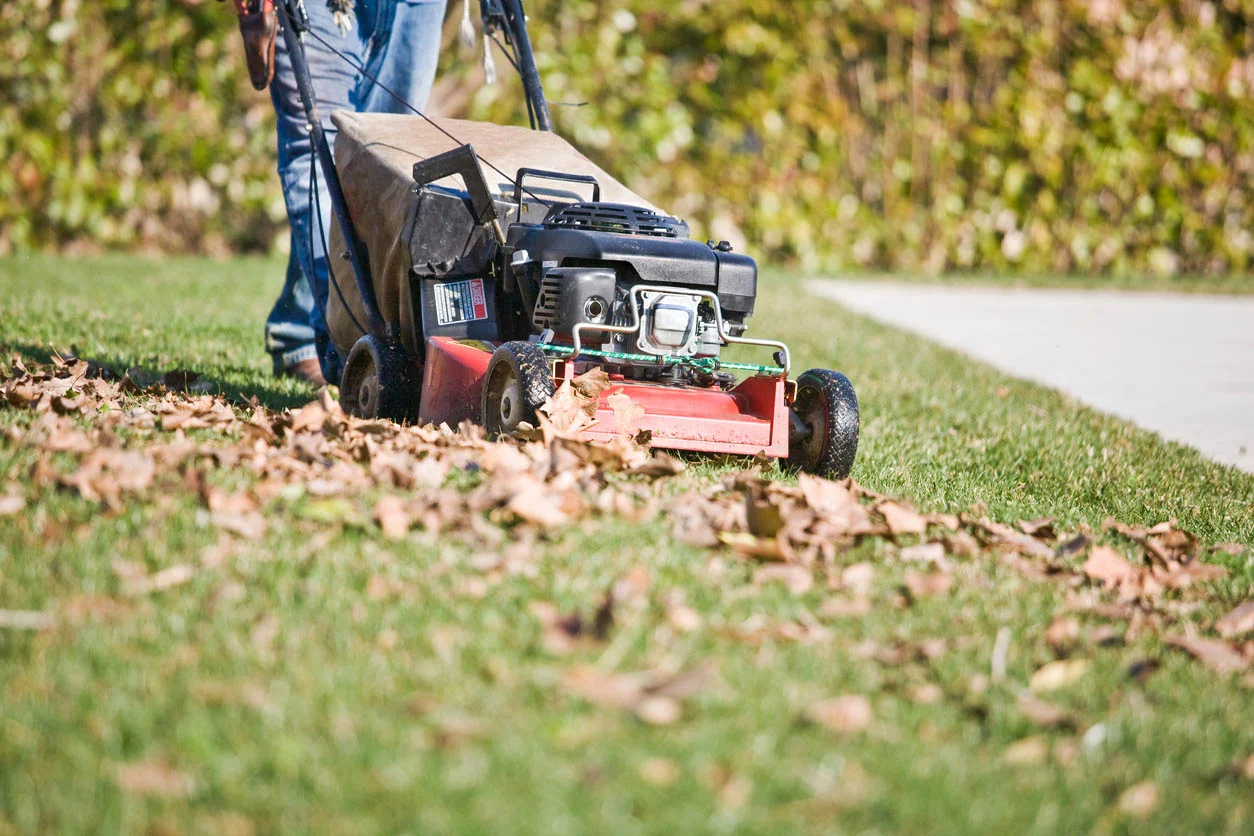
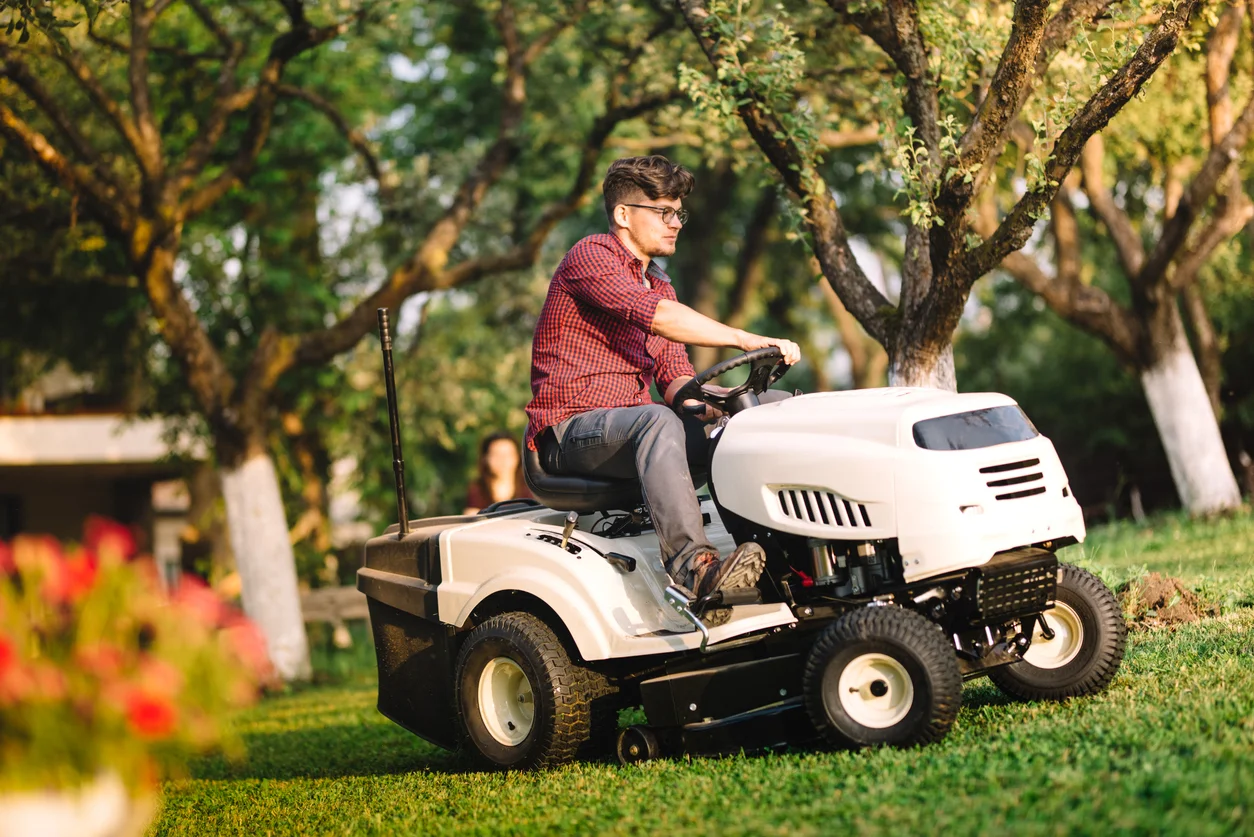
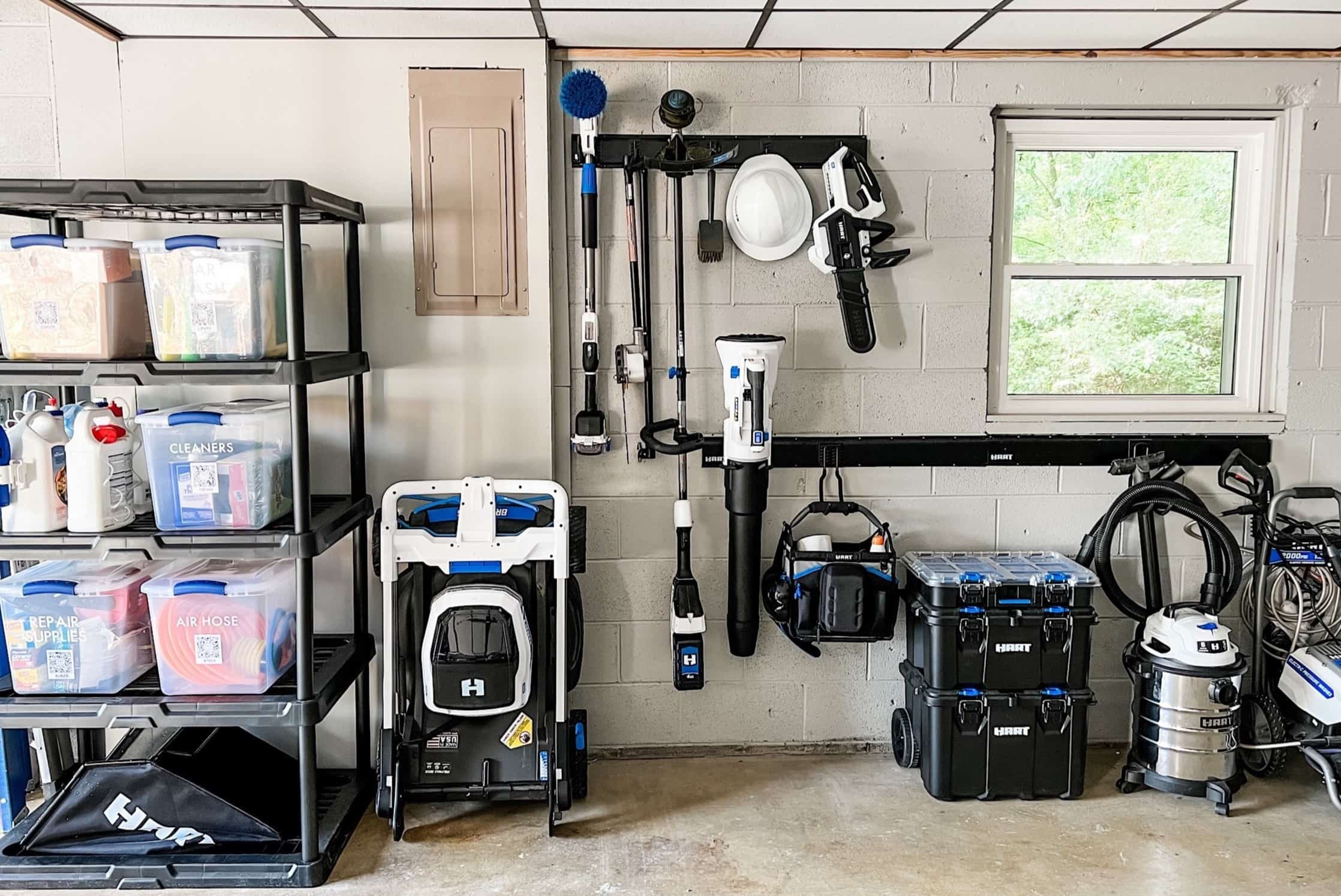
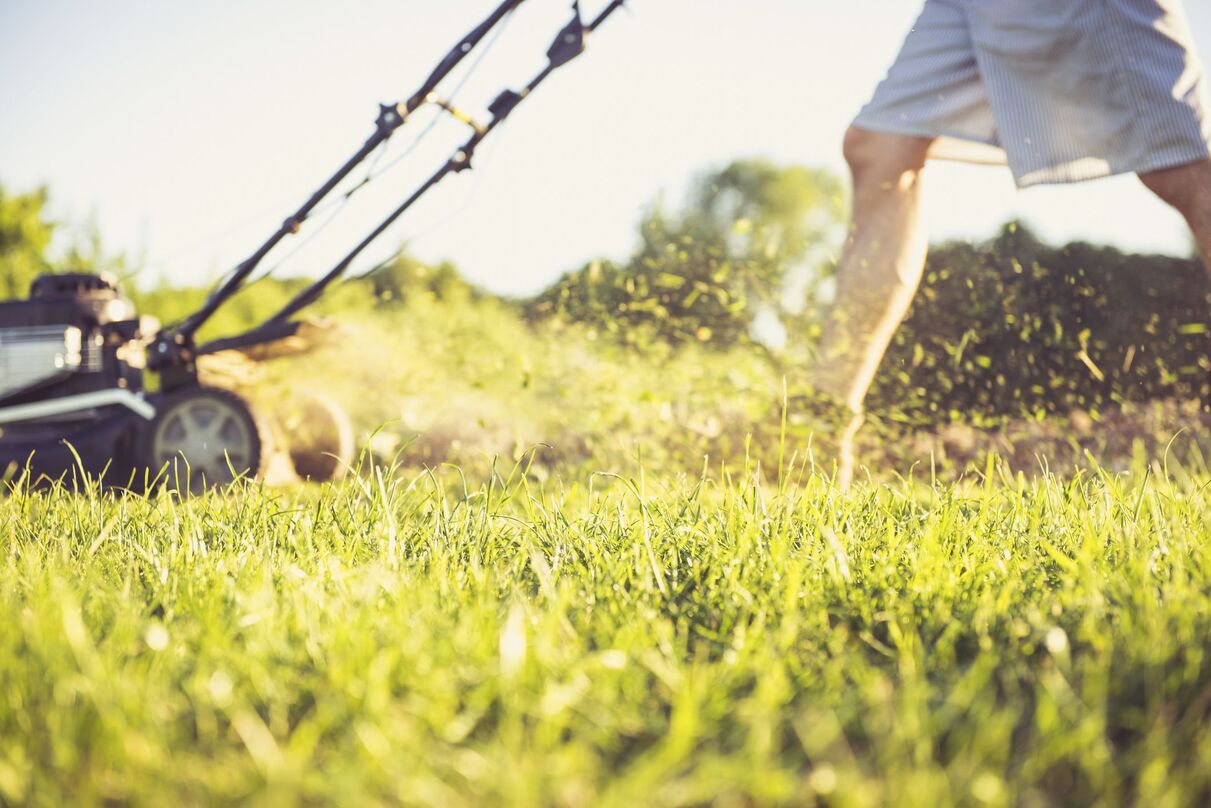
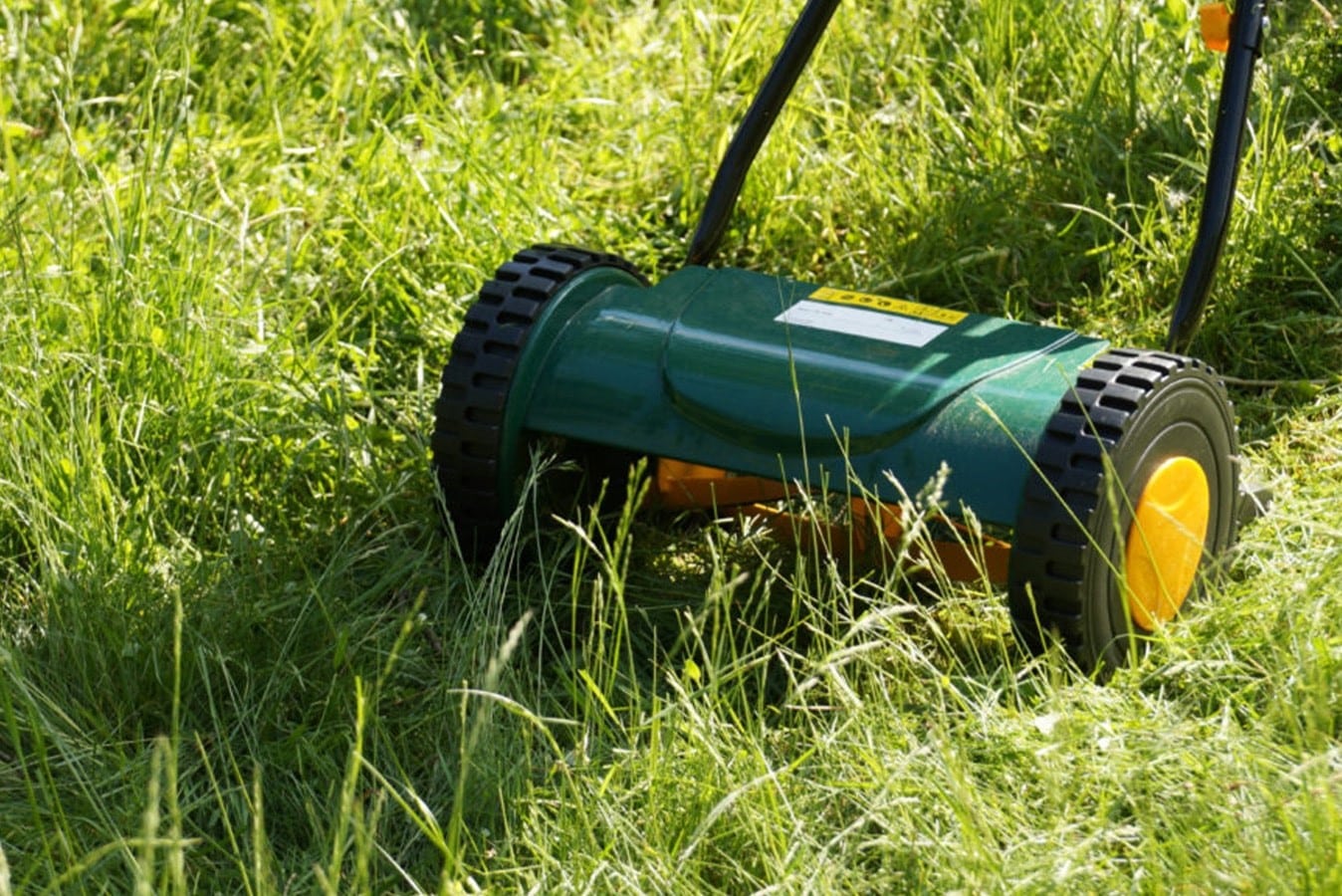
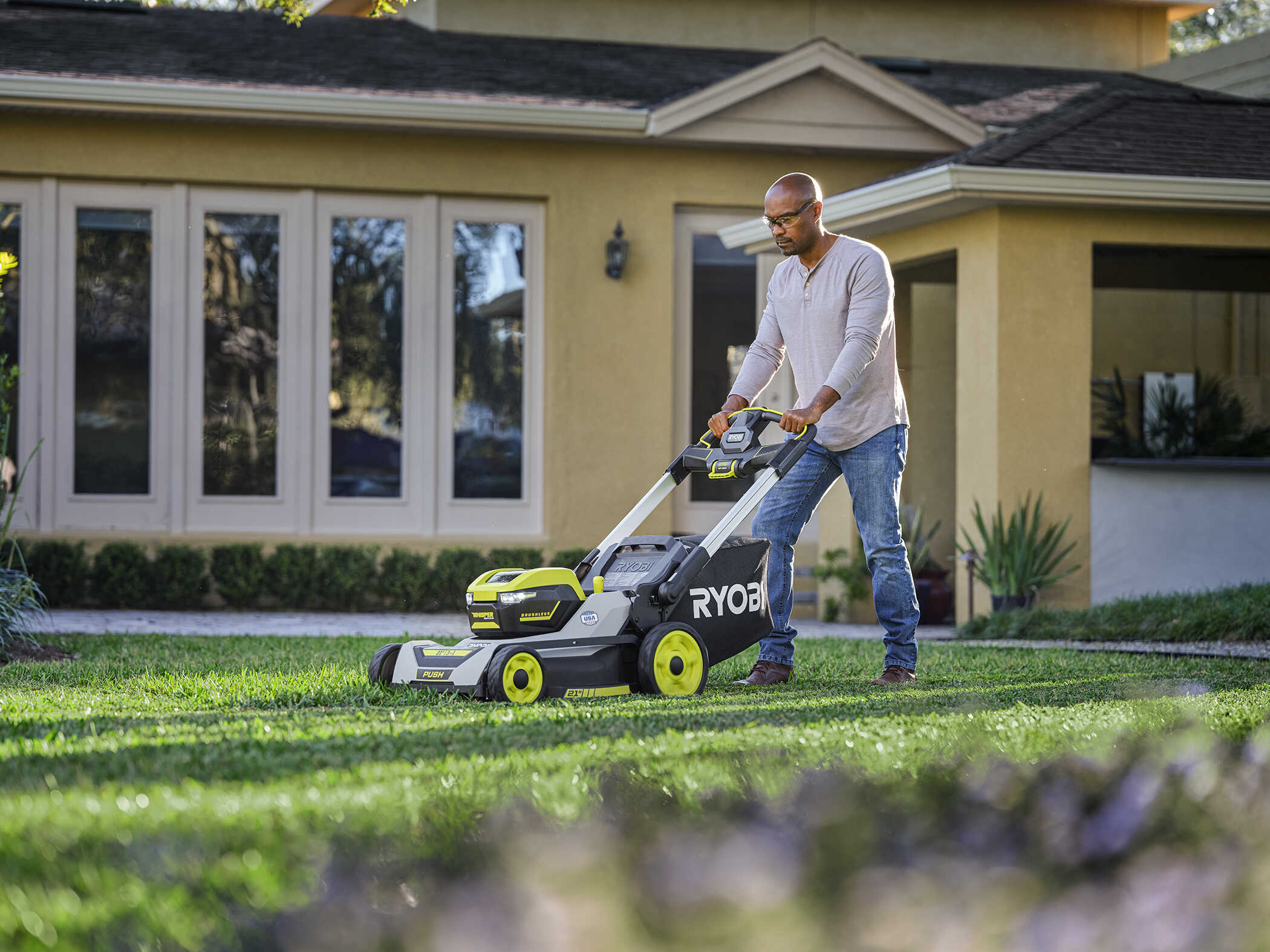

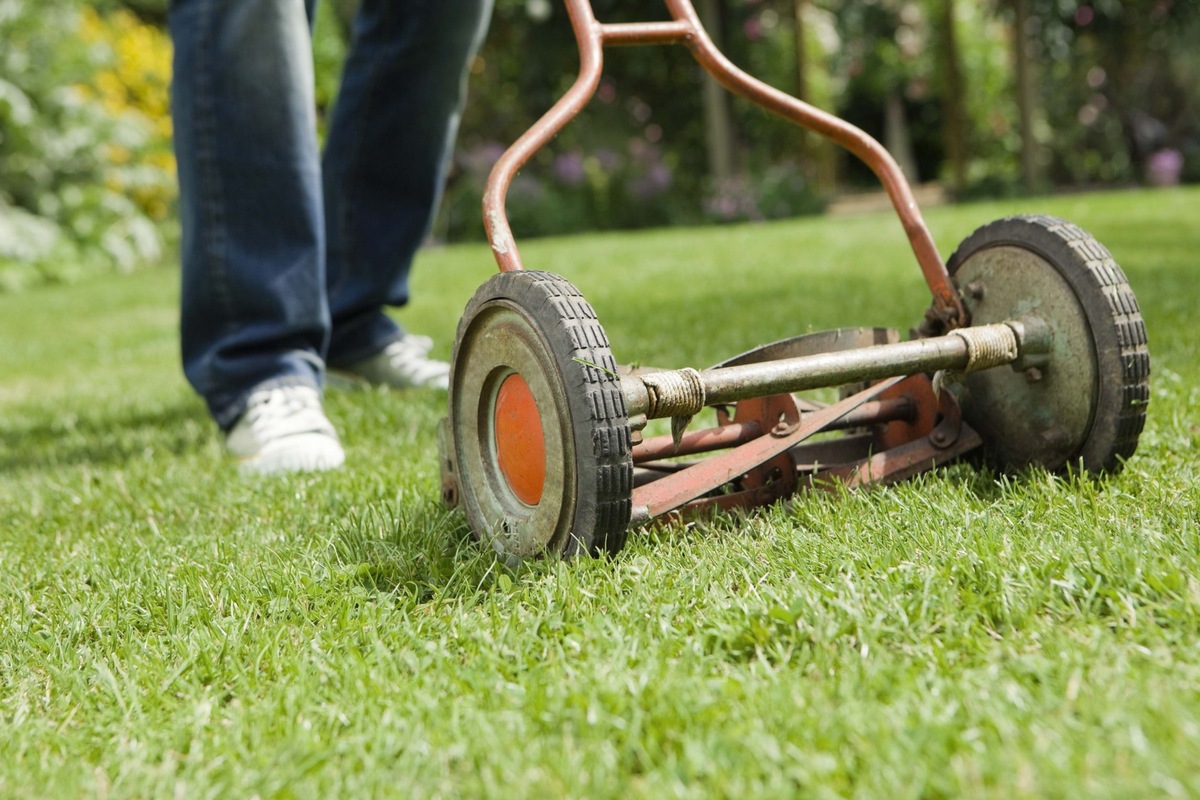
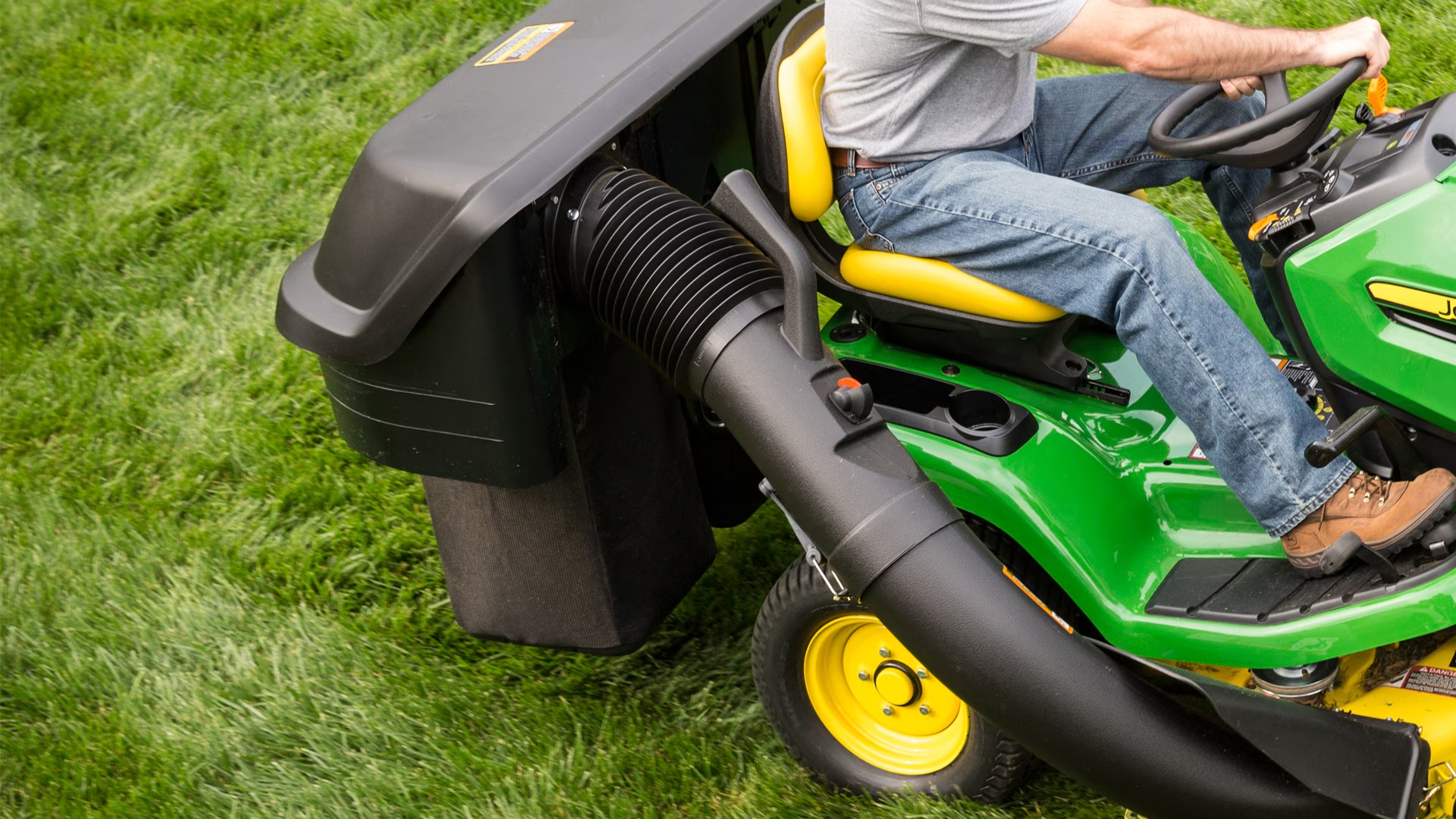

0 thoughts on “How To Turn A Zero Turn Mower Without Tearing Up Grass”